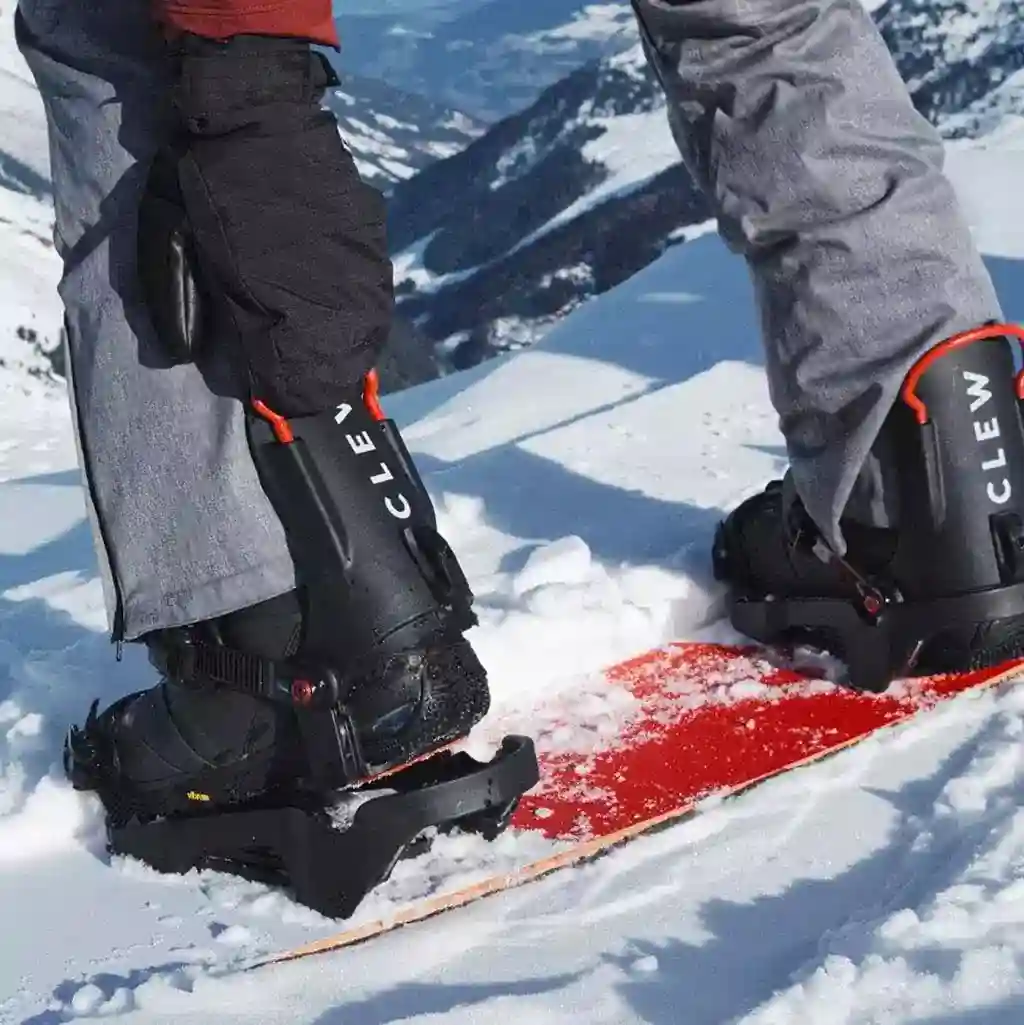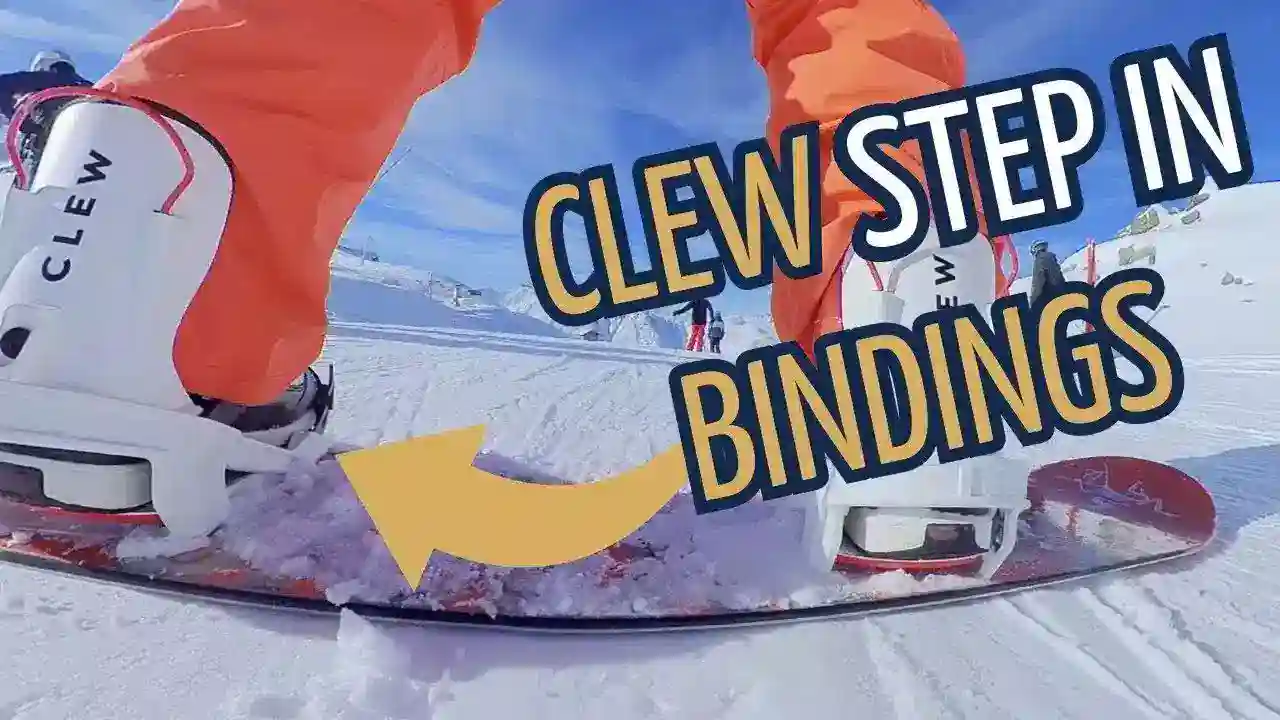Introduction
The evolution of snowboarding equipment has seen a relentless pursuit of convenience, performance, and innovation. Among the most groundbreaking developments in recent years is the emergence of step-in bindings, with Clew leading the charge. This article delves into the world of Clew step-in bindings, exploring their technology, advantages, disadvantages, and overall impact on the snowboarding community.
Understanding Clew Step-In Bindings
Clew step-in bindings represent a radical departure from the traditional strap-based system. This innovative design offers a streamlined approach to securing your boot to the snowboard, emphasizing speed, ease of use, and enhanced riding experience.
How Clew Step-In Bindings Work: At the core of Clew bindings is a two-part system. The base, which attaches to the snowboard, features a precise locking mechanism. The highback, integrated into the boot, engages with this mechanism when you step in, creating a secure connection. To release, simply activate the lever, and the highback disengages.

The Advantages of Clew Step-In Bindings
- Unparalleled Speed and Convenience: The most obvious benefit of Clew bindings is the time saved. No more fumbling with straps in frigid temperatures or long lift lines.
- Enhanced Riding Experience: By eliminating the hassle of adjusting straps, riders can focus entirely on the thrill of the ride.
- Reduced Boot Wear: The highback integrated into the boot reduces stress on the boot’s upper cuff, potentially extending its lifespan.
- Accessibility: Clew bindings can be a game-changer for beginners and riders with limited mobility.
The Disadvantages of Clew Step-In Bindings
- Higher Cost: Compared to traditional strap bindings, Clew bindings tend to be more expensive.
- Weight Considerations: Some riders may find Clew bindings slightly heavier than their strap counterparts.
- Customization Limitations: While offering adjustable features, Clew bindings may provide fewer customization options for flex and response compared to traditional bindings.
- Learning Curve: Although intuitive, mastering the entry and exit process might require some initial practice.
Clew Step-In Bindings vs. Traditional Strap Bindings
The choice between Clew step-in and traditional strap bindings often boils down to personal preference and riding style.
Clew Step-In Bindings:
- Ideal for riders seeking maximum convenience and speed.
- Perfect for those who frequently encounter long lift lines or variable weather conditions.
- Offer a streamlined and efficient riding experience.
Traditional Strap Bindings:
- Provide more customization options for fine-tuning flex and response.
- Generally more affordable.
- Familiar feel for experienced riders who prefer the classic binding setup.

The Future of Step-In Bindings
Clew has undoubtedly set the bar high for step-in bindings, but the industry is evolving rapidly. As competition intensifies, we can expect further advancements in design, performance, and affordability. While traditional strap bindings will continue to have their place, the future of snowboarding is likely to feature a harmonious blend of both systems.
Conclusion
Clew step-in bindings represent a significant leap forward in snowboarding technology. While they may not be the perfect fit for every rider, their convenience and performance benefits have made them a compelling option for many. As the market continues to expand, it’s exciting to anticipate the innovative strides that will shape the future of step-in bindings.
FAQs About Clew Step-In Bindings
- Are Clew bindings compatible with all snowboard boots?
- While Clew bindings are designed to work with a variety of boot types, it’s essential to check compatibility with your specific boot model.
- How do I adjust the stance width on Clew bindings?
- Most Clew bindings offer adjustable stance widths, similar to traditional strap bindings. Check the specific model for adjustment instructions.
- Are Clew bindings suitable for all riding styles?
- Clew bindings can be used for various riding styles, from freestyle to freeride. However, some riders may prefer the customization options offered by traditional strap bindings for specific disciplines.
- How long does it take to get used to Clew bindings?
- The learning curve for Clew bindings is generally short. Most riders can adapt to the step-in and step-out process within a few sessions.
- Can I use Clew bindings in all snow conditions?
- Yes, Clew bindings can be used in various snow conditions, including powder, groomers, and icy slopes.
- Are there different flex options for Clew bindings?
- While Clew bindings may offer limited flex options compared to traditional strap bindings, some models provide different flex profiles to suit various riding styles.
By addressing these common questions, you can provide valuable information to potential Clew binding users and help them make informed decisions.
